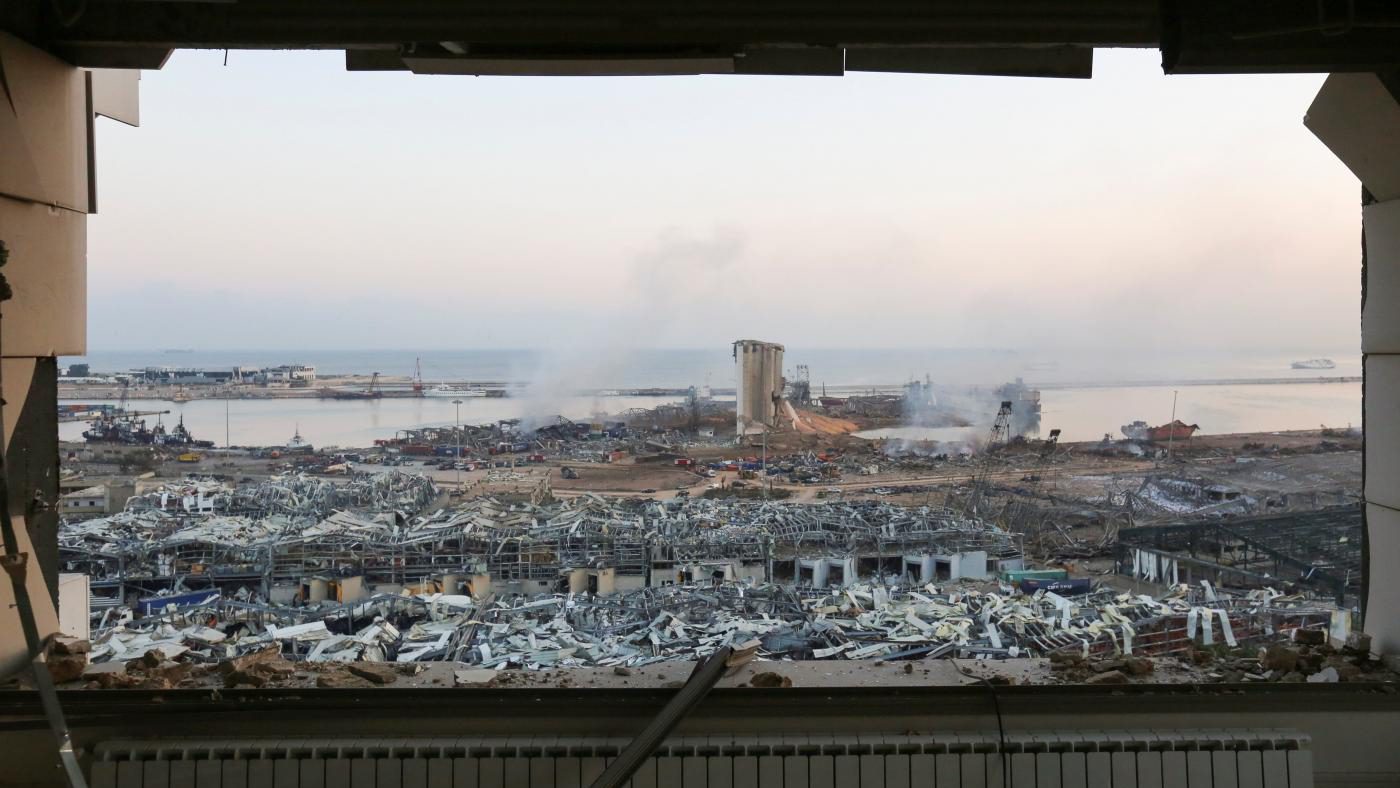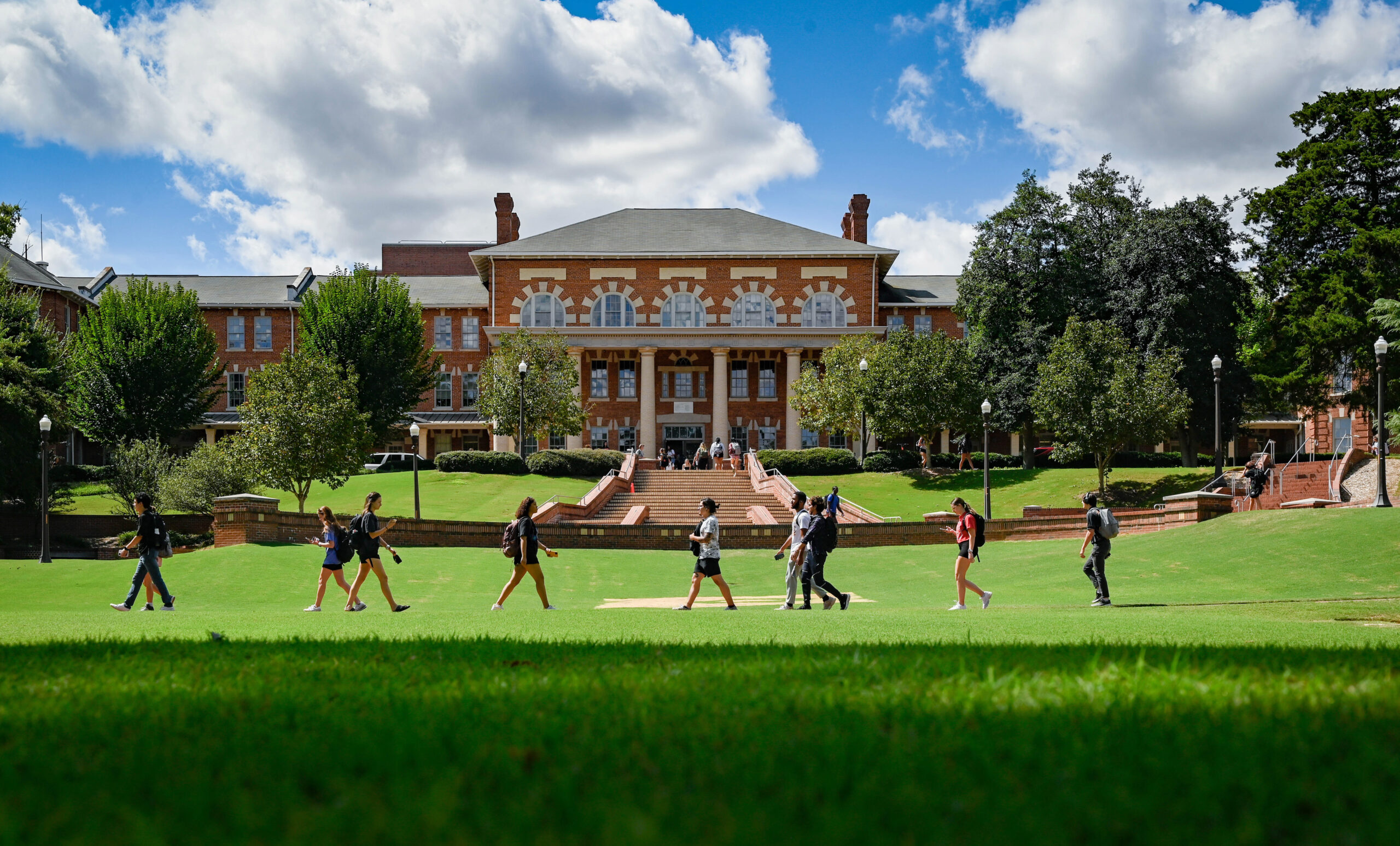New resource in our Archive: The Syrian World
This post is written by Claire Kempa, a first year MA student in the NC State Public History program. She is in charge of managing the Center’s digital archive and has made major headway redesigning the archive’s appearance and enhancing its content. Learn more about the Center’s Interns.

The latest addition to the Khayrallah Center’s digital archive is The Syrian World, an English-Language journal published by the Lebanese-American Al-Hoda Publishing Company between 1926 and 1935. In the early twentieth century, “Syrian” was a general term for immigrants from the modern-day countries of Lebanon, Syria, Jordan, and Palestine. The Syrian World was created to be a rigorous scholarly publication aimed to provide cultural and historical education about Syrian and Lebanese history for two audiences: the children of Syrian and Lebanese immigrants and the general American public. Though it was a relatively short-lived publication, The Syrian World offers a wealth of information for researchers interested in the early twentieth-century Lebanese diaspora in America and worldwide.
The Syrian World was created by Salloum A. Mokarzel (1881-1952), the younger brother of Naoum A. Mokarzel (1864-1932), founder and editor of the Arabic newspaper Al-Hoda. Unlike the fiery Naoum Mokarzel, whose ardent support of Maronite causes and Lebanese independence frequently stirred controversies among the members of the Lebanese and Syrian diaspora, Salloum Mokarzel was known as a gentle intellectual. Though less combative than his older brother, Salloum Mokarzel was equally devoted to his very different causes: encouraging English-language education and entrepreneurialism; illuminating second-generation immigrants about their heritage; and conducting cultural outreach about the skills, intelligence, and culture of Syrian and Lebanese immigrants.

In 1909, as a young man, Mokarzel had published The Syrian Business Directory to catalog the contributions of his fellow immigrants to America. The Syrian World was an even more ambitious project: it was a self-conscious attempt to foster an immigrant identity based on a fusion of the rich cultural traditions of the Lebanese and Syrians—which Mokarzel traced back to the Phoenicians—with the forward-facing national identity of Americans. These goals are masterfully captured in a poem written by Khalil Gibran for the first issue of The Syrian World, which carries a powerful message of encouragement for the capabilities of the children of immigrants: “I believe that you have inherited from your forefathers an ancient dream, a song, a prophecy, which you can proudly lay as a gift of gratitude upon the lap of America.” Gibran’s mandate to celebrate and inspire second generation immigrants was carried out through The Syrian World, which devoted space at the end of each issue to profiling the accomplishments of young Syrian and Lebanese-Americans. In the spirit of Naoum Mokarzel, who was a lifelong advocate for the importance of female education, many of these profiles focus on the achievements of women. For example, this charming excerpt describes Alice B. Coury of Hopewell, West Virginia, a young woman who earned her pilot’s license. The numerous profiles like that of Miss Coury make The Syrian World an invaluable resource for researchers of women’s history. The journal also provides insight into the cultural interests and social lives of the second generation through its numerous poems, pieces of fiction, and translations of Arabic love stories, all of which were calibrated to appeal to youth.

Mokarzel was not just the journal’s editor; he also wrote numerous articles for the journal—including two series written under the pseudonyms “Ibn El Khoury” and “Akl Hakim”—and penned unsigned editorials, book reviews, and news items for every issue. In addition to providing insights into the lives of second-generation Syrian and Lebanese-Americans, The Syrian World published contributions from the leading male and female intellectuals of its day such as Dr. Philip K. Hitti, Reverend W. A. Mansour, Habib I. Katibah, Edna Saloomy, and Barbara Young; Mokarzel’s daughter, Alice, was also a regular contributor. In addition to the rich cultural insight that The Syrian World provides, the journal contains articles on many subjects of potential research interest, including, but not limited to: international and domestic travel, immigrant health and hygiene, ideologies of race, the formation of Syrian and Lebanese-American societies, and the political and psychological relationships between immigrants and their countries of origin. In 1931, after nearly having to fold due to funding difficulties largely related to the Great Depression, Mokarzel decided to change the magazine’s mission in an effort to stabilize financially. Mokarzel reluctantly abandoned his academic approach and high-minded subject matter, modifying both tone and content to better serve the needs of the diaspora communities. Mokarzel and his staff added more reporting of world politics and increased discussion of the lives of the young Lebanese-Americans. In 1933, the journal changed further, switching from monthly publications to weekly. In the process, The Syrian World became more like a newspaper than an academic journal. While the last years of The Syrian World are very different from the first decade in the depth of articles, they still offer deep historical insight into the professional, academic, and social lives of Lebanese-Americans. Of great potential interest is the paper’s treatment of international politics, especially the rise of Nazi Germany. In 1935, Mokarzel ceased publication of The Syrian World. The journal’s end is often attributed to the pressure of the Great Depression; however, a contributing factor was Salloum Mokarzel’s decision to take over as editor of his brother’s Arabic-language paper Al-Hoda after the 1932 death of Naoum Mokarzel. Salloum Mokarzel passed away in 1952 and is buried with his brother in the family tomb in their native city of Freike, Lebanon; the tradition of publishing Al-Hoda was carried on by Salloum Mokarzel’s daughter, Mary Mokarzel, until 1968.

Though Salloum Mozarkal sacrificed the energy he put into The Syrian World to sustain Al-Hoda, the journal that he founded lives on for the scholarly value that it offers. Academic researchers will find numerous insights into the formation and sustenance of immigrant identities, while genealogists just may discover their ancestors within The Syrian World’s rich pages. Sample issues of The Syrian World are now available on our online archive, along with full indexes and tables of contents for The Syrian World between 1926 and 1932. To access the complete, fully-searchable archive of The Syrian World, please contact the Khayrallah Center for Lebanese Diaspora Studies.
Sources
Arab American Collection. Immigrant History Research Center. University of Minnesota: https://umedia.lib.umn.edu/taxonomy/term/697.
Bawardi, Hani J. The Making of Arab Americans: From Syrian Nationalism to U.S. Citizenship. Austin, TX: University of Texas Press, 2014.
Jacobs, Linda K. “Naoum Mokarzel.” Kalimah Press Blog. October 6, 2015: http://kalimahpress.com/blog/naoum-mokarzel-2/.
Moses, John G. and Eugene Paul Nasser. Annotated Index to the Syrian World, 1926-1932. St. Paul, MN: University of Minnesota, 1994.
Suleiman, Michael W. “The Mokarzels’ Contributions to the Arabic-Speaking Community in the United States.” Arabic Studies Quarterly 21, no. 2 (Spring 1999): 71-88.
- Categories:


